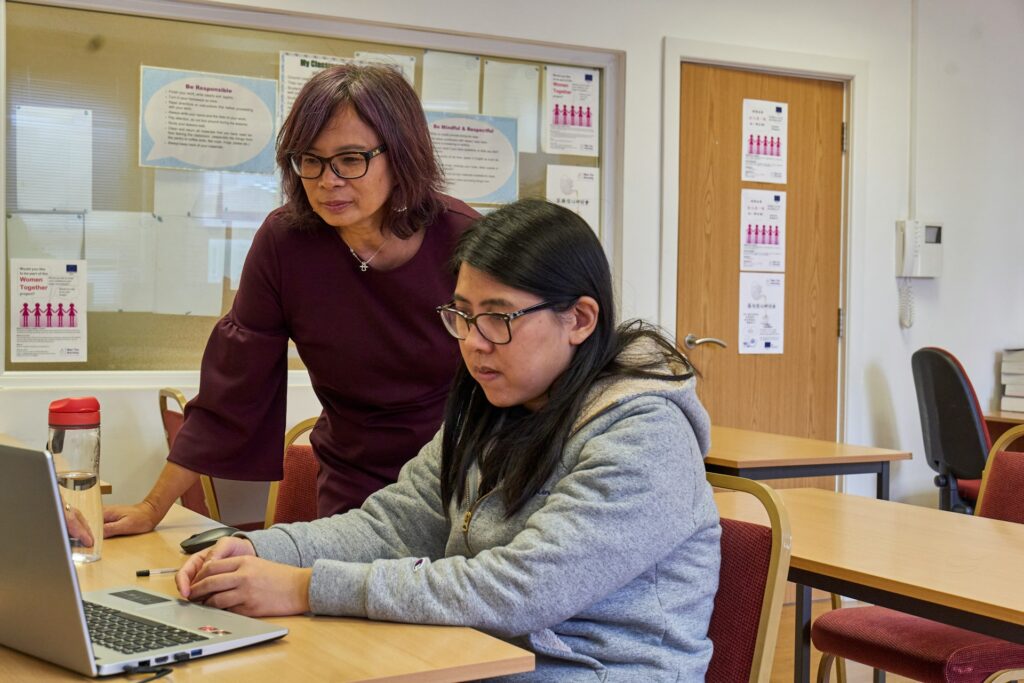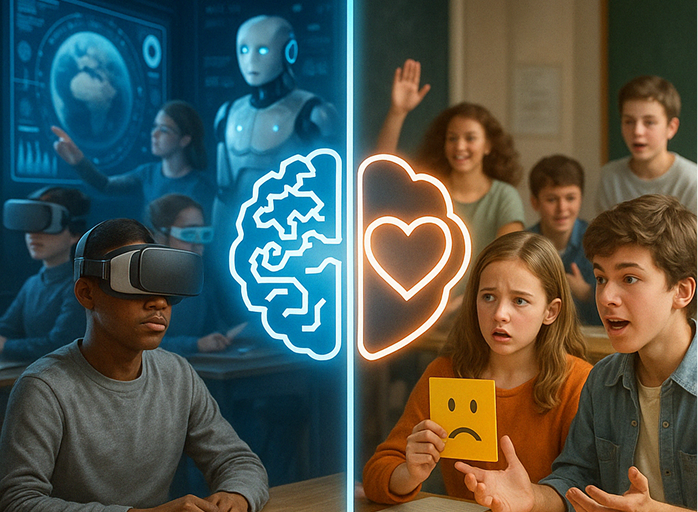The System Demands Everything, Offers Little
We keep hearing how teachers are vital, yet schools and administrative bodies keep piling on tasks that go far beyond teaching. From logging every microscopic detail of a child’s day to dealing with constant updates in digital classrooms, the teacher is slowly morphing into a glorified office worker rather than a mentor or guide.
- Lack of Psychologist Support: It’s 2025 (or later), and we still don’t have widespread access to mental health professionals for teachers. This can be a real punch in the gut for anyone juggling dozens of students, grading, and VR in the classroom trials every week.
- Teachers as Service Providers: Many institutions and parents treat teachers like cogs in a service-based machine rather than the core force driving education. If you’re expected to keep biology, physics, or chemistry labs running, plan lessons, manage discipline, and handle mountains of paperwork—all without professional emotional support—something’s bound to give.
The Education System Is Going Off the Rails

Instead of acknowledging teachers as the essential pillar of education, learning, or any new approach, the system often uses them like disposable resources. If you don’t like the workload? Too bad. Another teacher will step in. This mindset is catastrophic for morale—and it does nothing to help the Alpha Generation adapt to a rapidly changing world.
Parents, Children, and Teachers: A Delicate Balance
In an ideal scenario, parents, kids, and educators work together, as we point out in our discussion on Student-Parent-Teacher Collaboration. But how can teachers foster genuine collaboration when they’re drowning in administrative tasks and left to cope with mental strain on their own?
A Rapidly Changing World: Where Is the Teacher’s Role?

Kids these days can handle interactive classroom activities, learning solutions, and the technology used in schools like it’s second nature. They thrive in digital classrooms, are eager to try VR in schools, and often love exploring virtual reality school scenarios. The teacher should be:
- A Guide: Leading them to the best educational solutions, including Virtual Reality STEM lab experiences.
- A Mentor: Helping them navigate the overwhelming flow of information
- A Collaborator: Engaging with parents to ensure children’s success in classroom environment.
But guess what? That role becomes impossible when teachers are pushed to the brink, mentally and emotionally.
No Overnight Fix, But the Stakes Are Huge
Yes, the system is broken. Yes, reform won’t happen overnight. But teachers’ mental health isn’t a minor detail—it’s the linchpin in education and the entire schooling process. Exhausted, unsupported teachers can’t provide the excitement needed to get kids hyped about education.
Your Mental Health Is Your Responsibility—But Should It Be?
It’s unfortunate, but in most places, looking after your own mental wellbeing is still your personal responsibility. This might mean:
- Finding Coping Strategies: Meditation, exercise, or community support groups.
- Allocating Time Wisely: Setting boundaries so you don’t end up working 24/7.
- Advocating for Change: Urging administrators to adopt systems that ease the teacher’s load, from AI tools that simplify grading to more robust VR education services that streamline lesson prep.
It’s sad that the system doesn’t have a universal safety net for teacher mental health. But for now, teachers often have to take the initiative themselves.
The Bigger Picture: A Better Future with Education

Imagine a scenario where teachers aren’t bogged down by meaningless forms or where they don’t have to beg for emotional support. Instead, they could focus on helping kids excel in classroom settings—showing them benefits of smart classroom technology that personalizes each child’s learning path.
- More Time for Inspiration: With less admin, educators can guide students through interactive classroom activities in VR labs.
- Better Student Outcomes: Energized, mentally healthy teachers can do wonders for children’s academic and personal growth.
- A Shift in Culture: If we stop viewing teachers as merely staff to meet bureaucratic quotas, we might witness a real transformation in technology in schools—one that prioritizes teacher insight and synergy with modern tech.
Conclusion: Don’t Let the System Wear You Down
So, does anyone really care about a teacher’s mental health? Right now, it might seem like a resounding “No.” But that doesn’t mean you have to accept it. Teacher well-being is pivotal, not just for yourself but for every kid who steps into your classroom. As we integrate more VR headsets for schools, STEM labs, and virtual reality classrooms into education, we need teachers who can fully devote themselves to what truly matters: guiding, inspiring, and shaping the next generation.
Yes, the system is broken. Yes, it’s your mental health that’s on the line. But remember, a burnt-out teacher can’t be the mentor our children need. If the education system won’t fix itself overnight, start by taking control of your own well-being. Then, let’s fight for a future where teacher mental health is just as essential as math scores or graduation rates.





